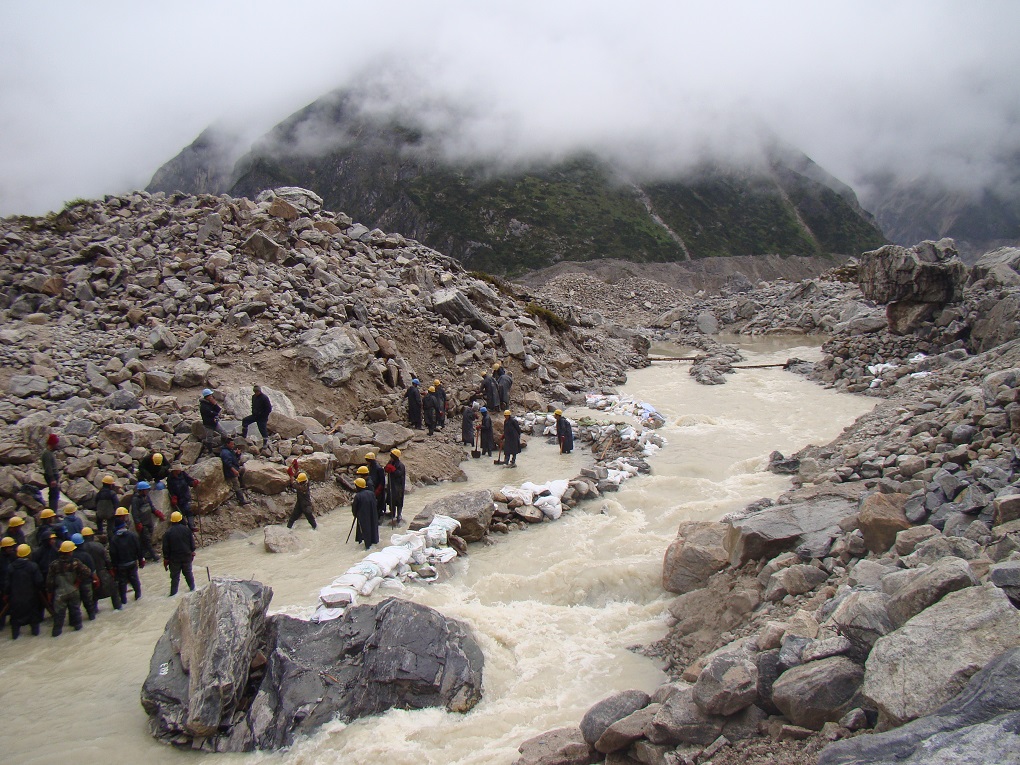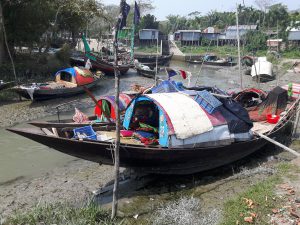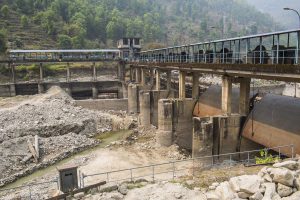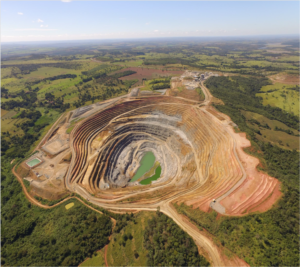As the Hindu Kush Himalayan region warms up, much emphasis has been laid on glacier retreat, and how that will affect the transboundary rivers of the Indus, Ganga, Brahmaputra and the Mekong. Another related threat, though, is the increased likelihood of Glacial Lake Outbursts Floods (GLOF). These happen when lakes swell up from melting glaciers and burst their banks and have the potential to do immense damage. The 2013 GLOF in Uttarakhand India, impacted the lives of more than 100,000 people, led to the deaths of thousands, and caused immense damage to infrastructure.
Given their remoteness, and the complex political problems of the HKH region, glacier lakes have not been studied in as great detail. The recently released Hindu Kush Himalayan Monitoring and Assessment Programme (HIMAP) report by the International Centre for Integrated Mountain Development (ICIMOD) noted that there are conflicted reports on the number of high altitude glacier lakes in the HKH region due to differences in survey methodologies.
What is clear is that these lakes are increasingly unstable, as retreating (and in some very few cases in the western Himalayas, advancing) glaciers chew up the terrain and permafrost melts exposing debris that can block the slow release of waters. The higher incidence of extreme rainfall events in the Himalayas, has added another driver to disaster, as a huge increase of water in the lakes adds to the pressure.
The HIMAP report notes that certain lakes have been identified as dangerous because of “rapid lake expansion or height change, moraine dam condition, glacier condition, and potential for mass movements into the lake”. It adds that, “in Nepal, 21 glacial lakes present a potentially dangerous risk. The upper Indus basin, which includes parts of the Hindu Kush, Karakoram, and western Himalaya sub-regions, contains 2,420 glacier lakes, of which 52 are potentially dangerous.”
Maybe no country faces this risk as directly as Bhutan, with its tiny population of about 800,000, and a geography that is largely mountains and valleys. It is currently dealing with the challenge of one of its biggest and most threatening glacial lake.
Taming Lake Thorthormi
Bhutan has already invested more than USD 4 million to reduce the water level of one of its most dangerous glacial lakes, Lake Thorthormi. Lake Thorthormi is one of the largest glacial lakes in Bhutan, 3.42 square kilometres in area and a depth of approximately 130 metres. The lake is situated at a height of more than 4,400 metres in the northwest of the country.
Bhutan is learning from its history. Lake Luggye, which is right next to Lake Thorthormi, burst its banks on October 7, 1994. This was the most catastrophic event in the recent history of Bhutan, both in terms of its magnitude and the loss of life, property, and damage to infrastructure downstream. Records show that the GLOF killed 21 people, livestock, and damaged several houses and pasture lands along its path.

Karma Toeb, a specialist in glaciology with NCHM, said that reducing the risk of a GLOF by lowering the water level comes at a huge cost. Besides, lowering Thorthormi’s water level may not be enough to reduce the risk, as a GLOF is not caused by glacier retreat alone. “There are other external factors such as seismic activity [which] can also trigger GLOFs. Reducing the risk to zero would also affect the natural water reservoir.”
So Bhutan has found new ways to deal with GLOF issues. Karma Toeb said creating awareness among the vulnerable communities about GLOFs can help to reduce the impact on communities. There are also low cost techniques such as siphoning of water from the critical lakes to reduce the lake water level and enhancing the technology of early warning systems in terms of reliability.
“Regular updating of hazard zonation maps for GLOFs in critical river basins to understand the risk associated with GLOFs would be another way to deal with the issue,” he said.
No heavy machinery, only labour
Over 300 labourers carried out mitigation work at Thorthormi Lake from 2008 to 2012. The work was done manually with the help of tools such as spades, pickaxes and crowbars, with no heavy machinery used.

Budget constraints continue to be a major hurdle, as well as the difficulty in mobilising human resources. “Workers have to work on a difficult terrain in freezing cold waters and most of the time in knee-deep water. The rations had to be transported to the glacier site.”
A few lives were lost in the past due to the harsh climatic conditions at high altitude.
During the last phase of the work, 126 soldiers were mobilised to help.
As of now with the outlet clear, it is unlikely that the water level of Lake Thorthormi will reach a dangerous level, which will also prevent a build-up of pressure on the moraine walls surrounding the lake and a potential GLOF.
“If there is any blockage, we will do a study and take up the issue with the government for further intervention,” Toeb said.
Mapping future hazards
The NCHM has prepared hazard zonation maps for GLOFs in the downstream region in three sub basins of Punatsangchhu, Mangdechhu and Chamkharchhu to study the impact of floods, if they occur.
Safe evacuation zones in these areas have also been identified in the event of an unexpected flood. In addition the centre has also installed early warning systems to warn the people in case of a GLOF upriver.
Two personnel from the centre are stationed in Lunana to monitor the lake and warn people living downstream in case the early warning system fails. “They report on the situation on the lake on a daily basis. They work round the clock,” said Toeb.
An expert in the region
Currently there is no single country recognised as an expert in dealing with GLOFs. Among Asian countries Bhutan is the first to adopt an integrated method to reduce the risk of GLOF under the UNFCCC National Adaptation Programmes of Action. The Lake Thorthormi mitigation project was financed with the money from UNFCCC which was facilitated by Global Environment Facility through the UNDP office in Bhutan. As a result, Karma said, delegations from Nepal and Pakistan have visited to see what is being done.
There are 25 glacial lakes identified as potentially dangerous in Bhutan. The country experienced major GLOFs in 1957, 1969 and 1994, all of which originated from glaciers in Lunana and Tarina, an area in the northwestern Gasa region of the country, where Lake Thorthormi is also located.
While the 1994 GLOF event impacted India as well, there is little documentation on how much damage was done. As India borders Bhutan to the south, and the Indian side is largely low-lying plains, any GLOF in Bhutan carries significant risks for India. Therefore, Toeb said, the GLOF-related works implemented in Bhutan – from lowering the water level in glacial lakes to instituting early warning systems – will contribute to the safety of Indians living across the border.
Bhutan’s NCHM shares all hydrological and flood related information with India through a Government of India programme. “Since rivers from Bhutan [flow downstream to] to India only, no other country except India will feel the impact,” Toeb added.
With additional inputs by Omair Ahmad.
![<p>Lake Thorthormi, in north-west Bhutan, is one of the country’s most dangerous glacial lakes [image courtesy: NCHM, Bhutan]</p>](https://dialogue.earth/content/uploads/2019/04/Thorthomi-Lake-1-1.jpg)







